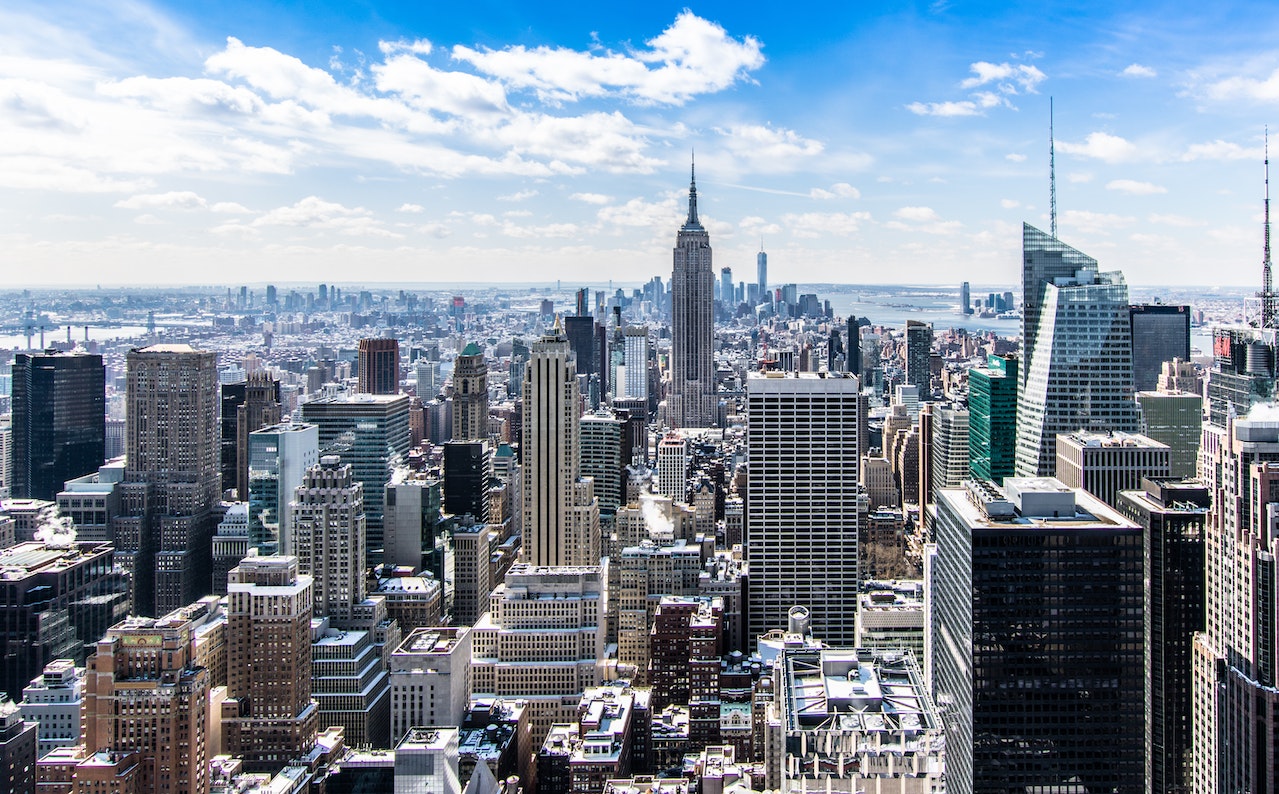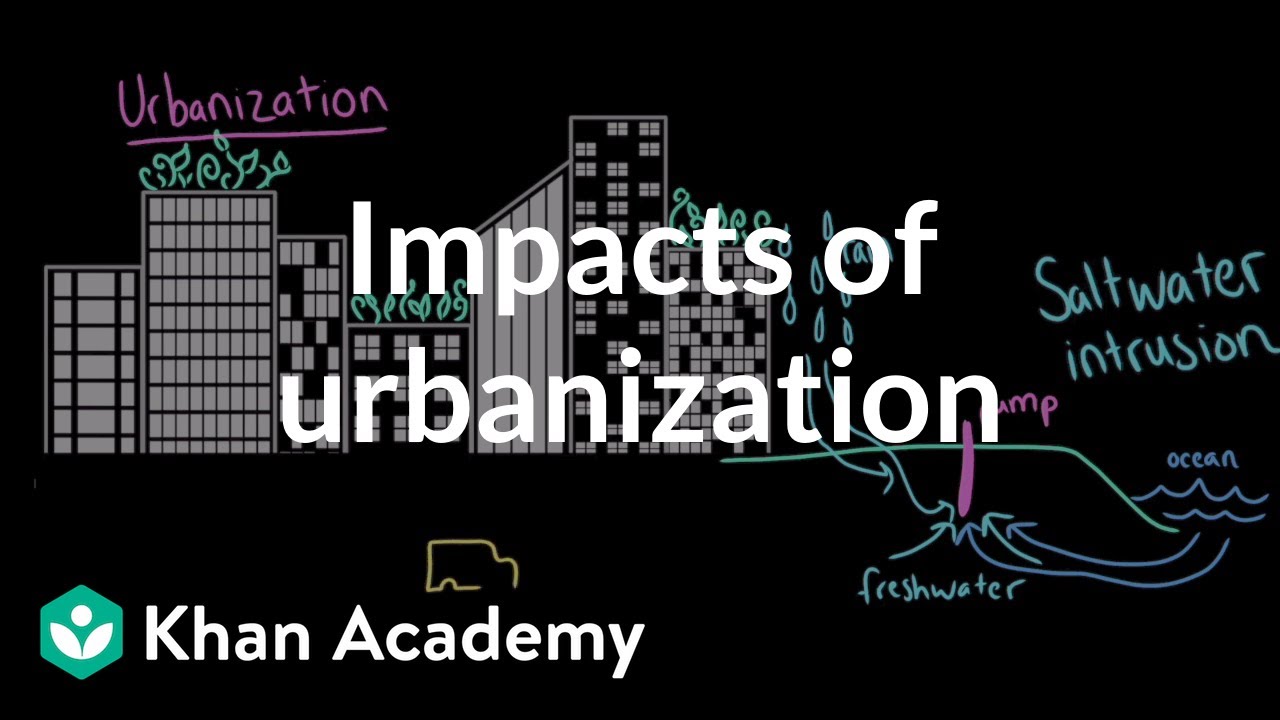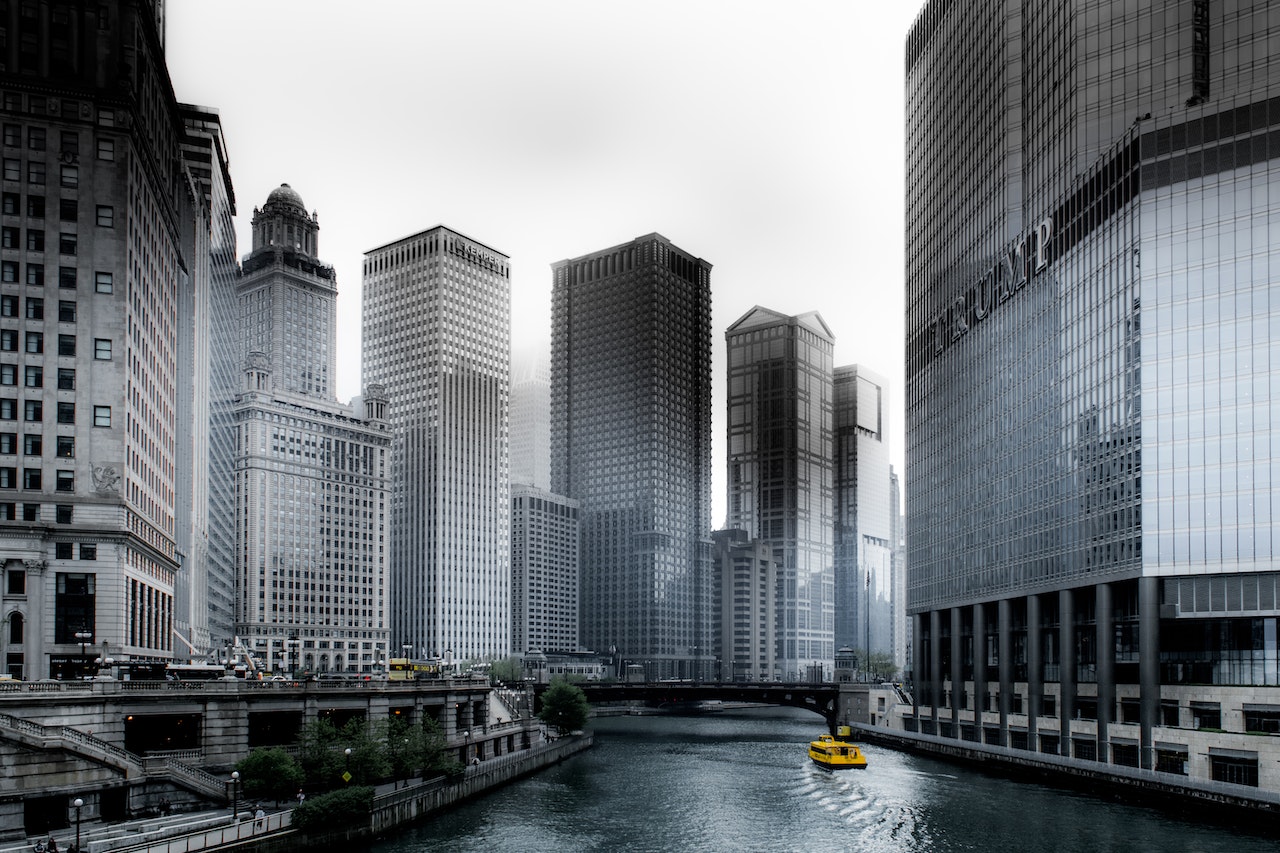The Impact Of Urbanization On Architecture And City Planning - A Comprehensive Analysis
The impact of urbanization on architecture and city planning cannot be overemphasized. Urbanization refers to the increase in the proportion of the population living in urban areas. It is a phenomenon that has been on the rise since the 19th century, and it has had a significant impact on the design and development of cities.
Author:George EvansMar 04, 2023111.8K Shares2M Views

The impact of urbanization on architecture and city planning cannot be overemphasized. Urbanization refers to the increase in the proportion of the population living in urban areas. It is a phenomenon that has been on the rise since the 19th century, and it has had a significant impact on the design and development of cities.
Architecture and city planning have been shaped by the changing needs of urban areas, and these changes have impacted the way we live and work in cities. In this article, we will explore the impact of urbanization on architecture and city planning and how it has affected our urban landscapes.
What Is The Impact Of Urbanization On Architecture And City Planning?
Urbanization has had a significant impact on architecture. As urban areas have grown, the need for housing, commercial buildings, and public spaces has increased. Architects have had to design buildings that can accommodate large numbers of people while also addressing the needs of the community.
The design of buildings has become more complex, and architects have had to incorporate new technologies and materials to meet the demands of urban areas. One of the ways in which urbanization has impacted architecture is through the development of high-rise buildings.
These tall buildings have become a common feature of urban landscapes as they provide a solution to the limited space available in cities. The development of high-rise buildings has also been driven by the need to reduce the carbon footprint of urban areas. By building up instead of out, cities can reduce their energy consumption and carbon emissions.
Another way in which urbanization has impacted architecture is through the design of public spaces. As cities have grown, the need for public spaces such as parks, squares, and plazas has increased. These spaces provide a place for people to gather, socialize and enjoy the outdoors. The design of public spaces has become more important, as these spaces are a vital part of the urban fabric.
Effects Of Urbanization On The Environment
The effects of urbanization on the environment have been significant. As cities have grown, they have placed a strain on the natural resources and ecosystems that surround them. Urbanization has resulted in the loss of green spaces and the fragmentation of natural habitats, which has had a negative impact on wildlife and biodiversity.
The development of transportation systems has also contributed to air pollution and the emission of greenhouse gases. Additionally, the demand for resources such as water, energy, and food has increased, putting a strain on the environment.
As a result, it is important that urban areas find ways to become more sustainable and reduce their impact on the environment. This can be achieved through the promotion of green spaces, the use of renewable energy sources, and the development of sustainable transportation systems.
Urbanization And City Planning
Urbanization has also had a significant impact on city planning. City planners have had to adapt to the changing needs of urban areas and design cities that can accommodate large numbers of people. The design of cities has become more complex, and city planners have had to incorporate new technologies and materials to meet the demands of urban areas.
One of the ways in which urbanization has impacted city planning is through the development of transportation systems. As cities have grown, the need for efficient transportation systems has increased. City planners have had to design transportation systems that can accommodate large numbers of people and reduce congestion.
The development of mass transit systems such as subways and light rail has been a response to the needs of urban areas. Another way in which urbanization has impacted city planning is through the development of mixed-use development.
Mixed-use development refers to the integration of residential, commercial, and public spaces within a single building or development. This type of development has become popular in urban areas as it provides a solution to the limited space available. Mixed-use development also promotes walkability, as people can easily access their daily needs within a single development.

Impacts of Urbanization| AP Environmental science| Khan Academy
Challenges And Opportunities
While urbanization has brought about many opportunities, it has also presented challenges. One of the biggest challenges is the issue of affordable housing. As cities have grown, the demand for housing has increased, and housing prices have risen. This has made it difficult for low-income families to find affordable housing in urban areas.
Another challenge is the issue of congestion. As cities have grown, traffic congestion has become a major problem. This has resulted in increased travel times and reduced productivity. City planners have had to find ways to reduce congestion through the development of mass transit systems and the promotion of alternative modes of transportation such as biking and walking.
Despite these challenges, urbanization has also presented many opportunities. Urban areas have become centers of innovation and creativity, attracting talented individuals from all over the world. The diversity of urban areas has also led to the development of unique cultures and cuisines, making cities vibrant and exciting places to live.
Urbanization has also presented opportunities for sustainable development. As cities have grown, the need for sustainable development has become more important. City planners have had to find ways to reduce the carbon footprint of urban areas and promote sustainable practices.
This has led to the development of green spaces, the use of renewable energy sources, and the promotion of sustainable transportation systems.
People Also Ask
What Is Urbanization?
Urbanization refers to the process of people moving from rural areas to urban areas, leading to the growth and development of cities.
How Has Urbanization Affected Architecture?
Urbanization has led to the development of new architectural styles and the creation of taller and more complex buildings to accommodate growing populations.
What Is The Impact Of Urbanization On City Planning?
Urbanization has forced city planners to develop new strategies to manage urban growth, including the use of zoning laws and the creation of green spaces.
What Are Some Challenges Of Urbanization On Architecture And City Planning?
Challenges include overcrowding, the strain on infrastructure, and the need to balance development with the preservation of historic structures and neighborhoods.
What Are Some Potential Benefits Of Urbanization On Architecture And City Planning?
Potential benefits include the creation of more diverse and vibrant urban communities, the development of innovative urban design solutions, and the promotion of sustainable living practices.
Conclusion
In conclusion, the impact of urbanization on architecture and city planning has been significant. Urbanization has presented both challenges and opportunities, and architects and city planners have had to adapt to the changing needs of urban areas.
The development of high-rise buildings, mixed-use development, and sustainable practices have become important features of urban landscapes. While challenges such as affordable housing and congestion remain, urban areas continue to attract talented individuals and provide unique cultures and cuisines.
The impact of urbanization on architecture and city planning will continue to shape the way we live and work in cities, and it is important that we find ways to make urban areas sustainable and livable for all.

George Evans
Author
George Anderson, an exceptional architectural designer, envisions and brings to life structures that transcend the realm of imagination. With an unwavering passion for design and an innate eye for detail, George seamlessly blends form and function, creating immersive spaces that inspire awe.
Driven by a deep appreciation for the interplay of space, light, and materials, George's innovative approach redefines the possibilities of architectural design. His visionary compositions leave an indelible mark, evoking a sense of wonder and transforming the built environment.
George Anderson's transformative designs and unwavering dedication continue to shape the architectural landscape, pushing the boundaries of what is possible and inspiring generations to come.
Latest Articles
Popular Articles
